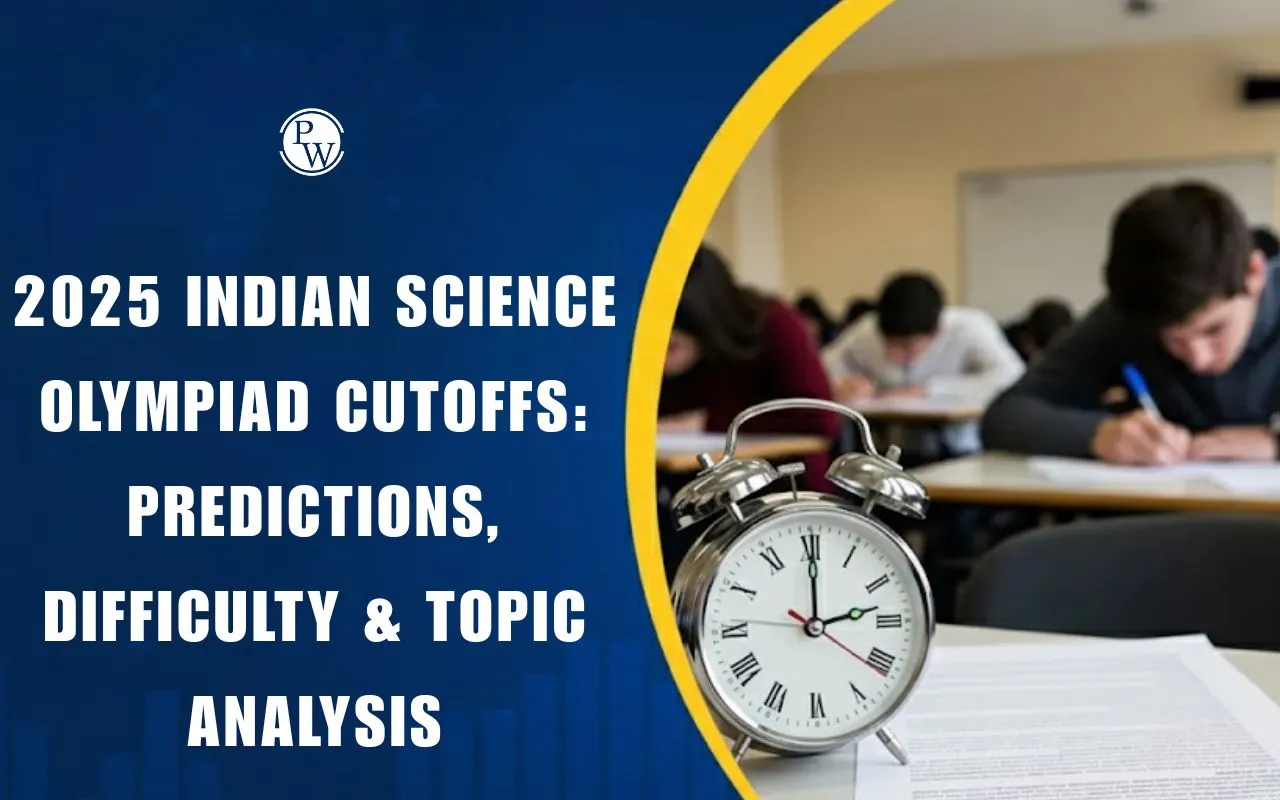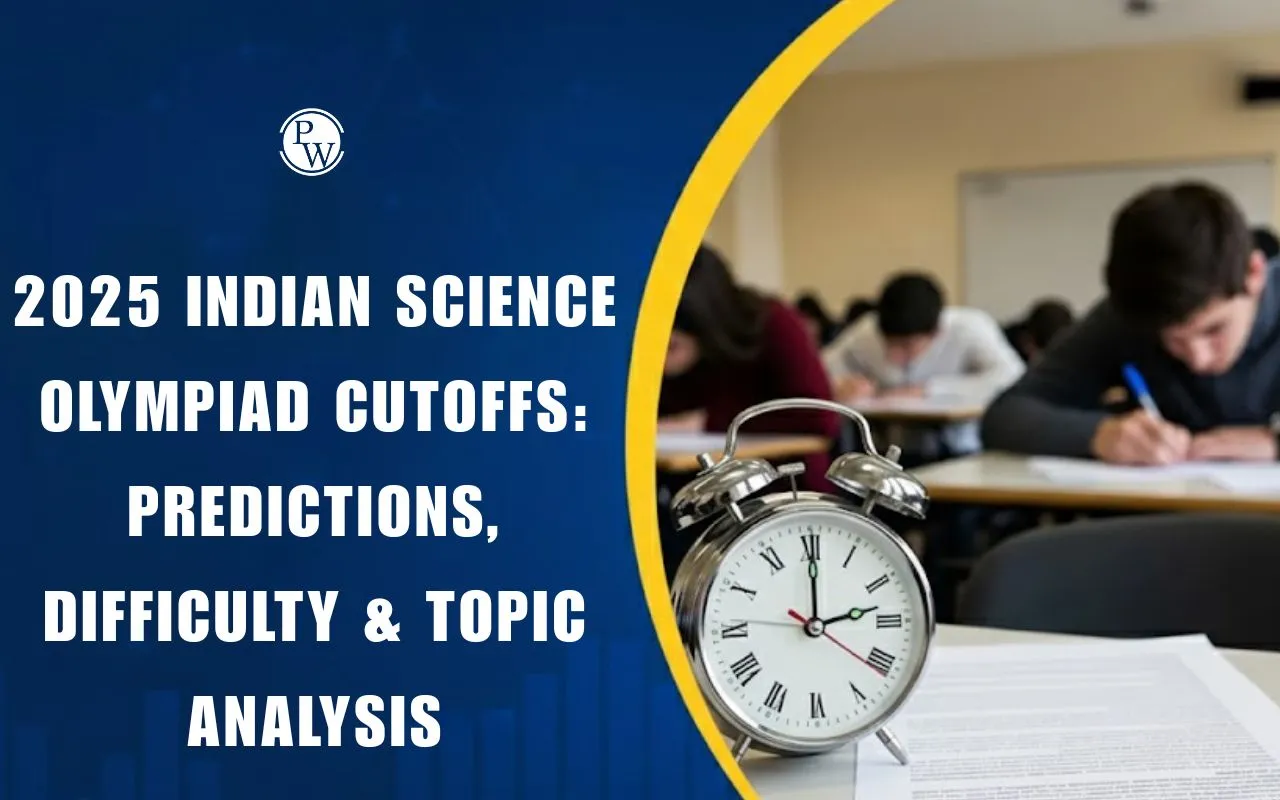

The session focused on the analysis of NSEJS, NSEP, NSEC and NSEB 2025 papers and the expected cut-offs based on student feedback, topic-wise weightage, and state-wise difficulty patterns. Technical issues had delayed the release of cut-off discussions earlier, but the analysis was revisited after correcting errors in the previous PPT for NSEGS.
Shift in Paper Trends
Physics (NSEP / NSEJS Discussion)
This year the Physics paper showed a clear shift toward Class 12 content.
Electrostatics, Current Electricity and Modern Physics saw an increased share of questions.
Electromagnetic waves, displacement current, semiconductor devices, SHM and Waves together contributed nearly seven to eight questions.
Fluids and Work–Power–Energy maintained decent weightage.
The overall difficulty was slightly lower compared to 2024:
-
Easy questions increased
-
Medium difficulty questions reduced
-
Hard questions decreased marginally
The hard-level classification this year came mostly from longer statements, multi-concept questions, and heavier calculations—not from conceptual difficulty.
Compared to the previous year’s long, time-taking problems, this paper was more normalized.
Physics Expected Cut-Offs (NSEP)
General expected cut-off for MI: 136
General expected cut-off for MS: 117
Class 12 students (Category A): ~136
Class 10–11 students (Category B): ~117
State-Wise Expected Cut-Offs (Physics)
Approximate MI cut-offs for Class 12 candidates:
-
Bihar – 101
-
Chhattisgarh – 103
-
Chandigarh – 119
-
Delhi – 136
-
Uttar Pradesh – 101 (with possibility of increase because many students from Kota/Delhi appeared in UP centres)
-
Jammu – relatively stable and lower
-
Haryana – slightly higher
-
Madhya Pradesh – 107
-
Punjab – 116
-
Rajasthan – expected to stay around MI range
-
Maharashtra – 128
-
Tamil Nadu – 103
-
Telangana – 117
-
Gujarat – 129
-
West Bengal – 101
Cut-offs for Classes 10–11 (MS category) typically lie between 87–103 across regions.
The shift of strong students to centres in UP and Bihar may raise the 10th–11th cut-off in those states.
Chemistry (NSEC)
Compared to last year, NSEC was relatively easier.
Weightage distribution was strongly aligned with what had been predicted beforehand.
Key Weightage Observations
-
Coordination Chemistry: 6–7 questions (≈10%)
-
Organic Chemistry: Over 50% of the entire OC weightage came from Hydrocarbons, mainly because Hydrocarbons fall in Class 11 syllabus—important for Category B.
-
Mole Concept & Redox: Strong representation, as expected every year.
-
Chemical & Ionic Equilibrium: Together around 8.33%
-
Electrochemistry + Chemical Kinetics: ~10%
-
Biomolecules & Carbonyl compounds: Theoretical topics were given proper weightage; Biomolecules appeared as single-choice this year.
Distribution of total questions:
-
Physical Chemistry (PC): ~23
-
Organic Chemistry (OC): ~22
-
Inorganic Chemistry (IOC): ~15
Hard-level questions reduced from last year’s 24% to around 16.67%.
Moderate-level remained similar.
Easy-level increased.
This shift indicates a mild rise in expected cut-offs.
Chemistry Expected Cut-Offs (NSEC)
-
Category B (MI): ~125
-
Category A (12th standard): 152–157
A safe range of ±5 marks can be considered reasonable.
State-Level Trends in Chemistry
-
West Bengal – MI 114, MS ~100–108
Maharashtra – 140–147 (MI), and 115–125 (lower category)
Other key states like Delhi, Rajasthan, Telangana, Andhra Pradesh are expected to stay around 152 for MI.
NSEB (Biology)
The Biology paper appeared easy at first glance but was not actually easy.
It included one bonus question.
The discussion also noted misprints in Physics and Chemistry papers.
Closing Note from MentorsStudents scoring high were encouraged to submit their marks via the provided selection form.
Faculty noted that their ultimate outcome measure is student performance, and the collective data helps refine future cut-off predictions.
